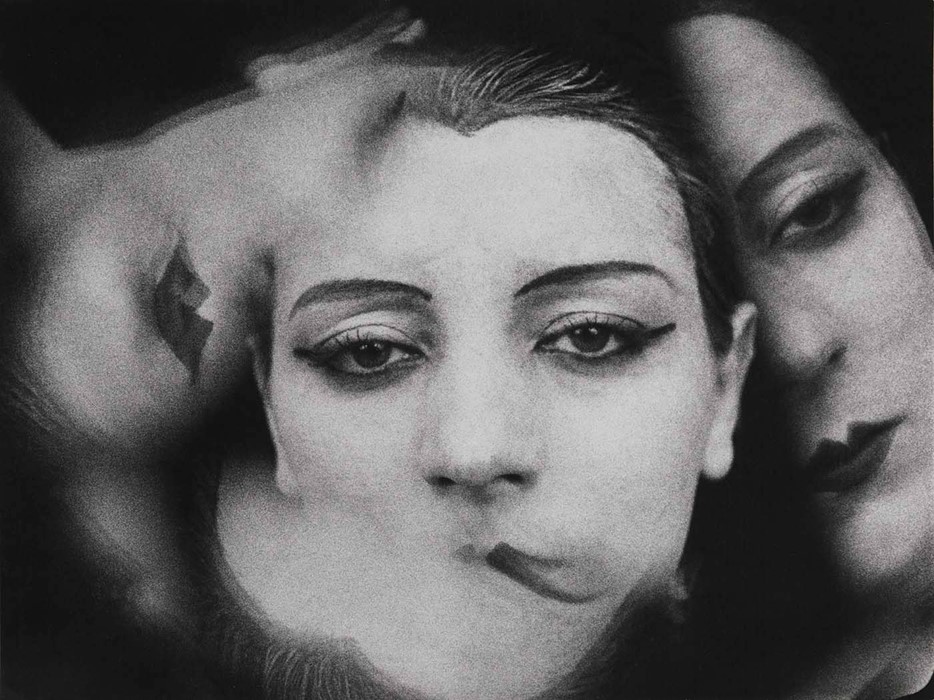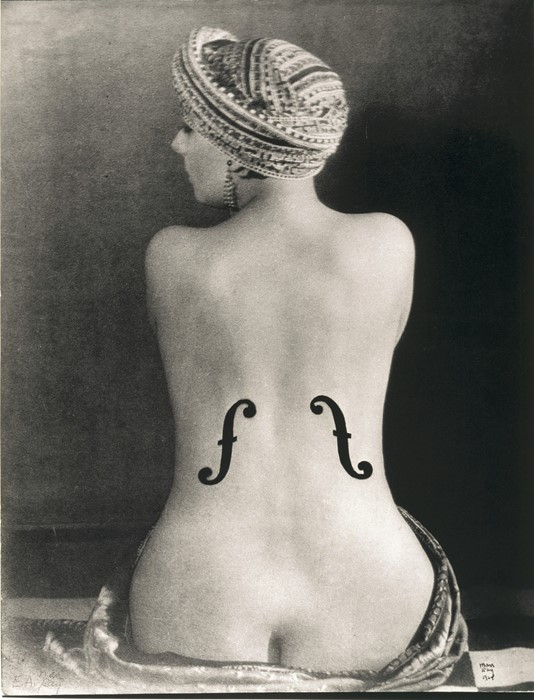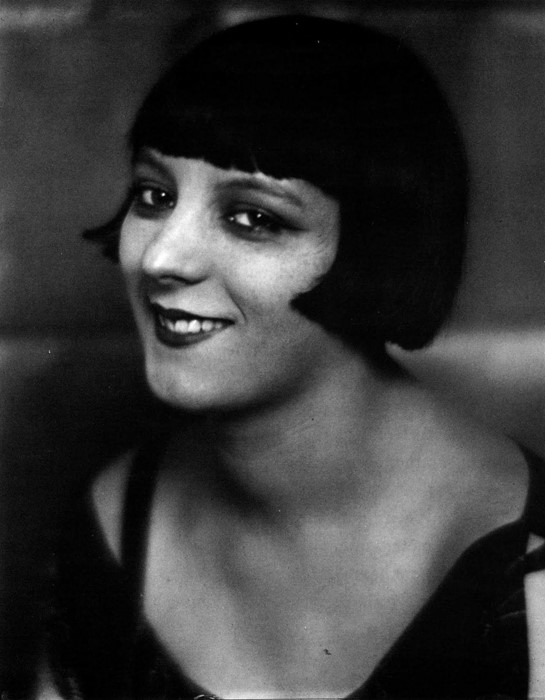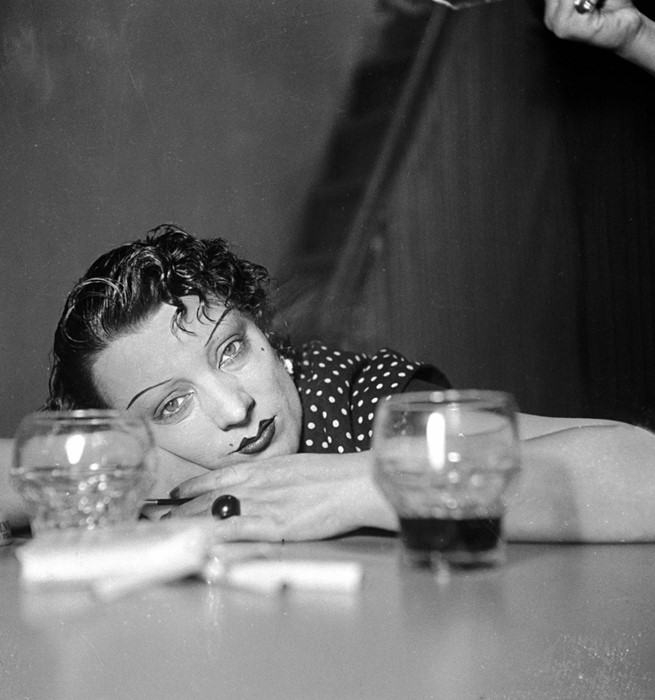We examine the actress, singer and muse to Man Ray who took her life into her own hands, and indelibly influenced the trajectory of Paris's roaring 1920s in the process
No matter what was happening in her tumultuous life, Kiki de Montparnasse was the antithesis of a wallflower. Born in Burgundy in 1901, Kiki (née Alice Prin) had a poor, uneducated upbringing in the French countryside, and all but willed herself into the elite circles of avant-garde Montparnasse in 1920s Paris to eventually become one of the era’s defining figures. Beyond her well-documented beauty (and frequently unclothed body), however, was a woman who understood the power of possessing agency over her image – she transcended the status of a passive muse to become an independent artist in her own right, leading the way for the women whose visionary spirits and in-charge attitudes we admire today.
Defining Features
Kiki was known as much for the clothes she wore as for the skin underneath them (she likely would have loved the current lingerie-as-outerwear trend). Her bold features, dark hair and translucent complexion were a painter’s dream-come-true; hers was not a face soon forgotten. Yet whether sketched in profile or photographed in the nude, what stands out the most about the elusive figure, often referred to as the ‘Queen of Montparnasse’, is not so much her physical beauty as the unapologetic self-confidence she effortlessly exuded. In spite of the fact that she lived in a time when so many women struggled against societally-enforced repression, Kiki embraced her body, both in and out of clothes, as an extension of her artistry.

In the striking images that remain of Kiki, many of which can be found in her rather risqué memoirs, she holds the viewer’s gaze as strongly as they hold hers. Rather than accept a fate as a sexualised object for men to gaze upon, Kiki grew into a self-possessed woman who was not shy about craving sexual pleasure just as much as any man did. As a sexually liberated woman living in bohemian Paris’s heyday, Kiki slipped into various visual identities – from ingénue, to Dada dream, to elegance embodied – as easily as she slipped into an evening gown and strand of pearls to have a drink with Hemingway (a close friend).
When the young muse, broke and unemployed, was starting to make a name for herself in Montparnasse, she'd often visit Paris's most popular bars in the hope of meeting the artists who flocked there. As a memorable tale in her memoir explains, on one such night she found herself without a hat to wear, and was relegated to the bar, as opposed to the back room where all the beautiful women perched. But standing out from the crowd clearly worked in Kiki’s favor – a fellow bar-goer gifted her with his hat, and off she went, all eyes presumably on her.

Seminal Moments
Known for lighting up a room the moment she entered, this model, nightclub singer, actress, memoirist, and painter served as the roaring 1920s' resident Renaissance woman, defying society’s expectations for women to be seen but rarely heard. Kiki’s circle of intimates ranged from Chaïm Soutine (the source of her nickname) and Jean Cocteau to Modigliani. In their eyes, she was more than just a good model: she was an ongoing source of inspiration. Yet it was the American photographer Man Ray, who spent most of his career in France, whom Kiki captivated as both longtime lover and trusted artistic muse. In Le Violon d'Ingres, the quintessential Kiki image shot by Ray, she sits with her back turned to the viewer wearing nothing but a turban, while two ‘f’s slope gracefully down her lower back.
Never satisfied with serving only as the subject, however, Kiki also grew into a talented artist in her own right. Her paintings ranged from childhood scenes to portraits of her friends, and were displayed at Galerie au Sacre du Printemps in 1927. By the end of the opening night party, her whimsical works were all but sold out.
Yet beyond Kiki’s charismatic public persona lay an inner darkness she simply could not shake. She later struggled with substance abuse and addiction, and her health spiraled downhill as the madcap era drew to a close. Despite her untimely death in 1953 at the age of 53, however, Kiki’s legacy lives on in the countless artistic creations both made and inspired by her, all of which reflect her brazen commitment to leading a full and fearless life on her own terms.

She’s AnOther Woman Because…
When Kiki’s memoirs were first published in French in 1929, U.S. Customs banned them for their frank depictions of life as a sexually uninhibited, socially active woman about town; the English translation was only made available in 1996. This goes to show just how great Kiki’s contributions were to making space for more women to speak their minds and tell their stories, both on and off the page. As her devoted friends and lovers would surely agree, as do we, 1920s Paris simply would not have been the same without Kiki. As editors Billy Klüver and Julie Martin note in the introduction to the English edition of Kiki’s memoirs, and as all AnOther women have in common, "Kiki was a star of everyday life" – whether she was making, inspiring, or falling in love with great art.
